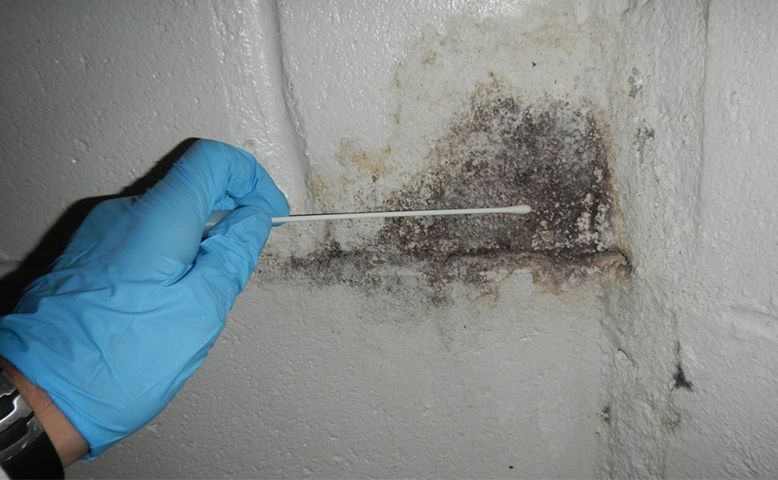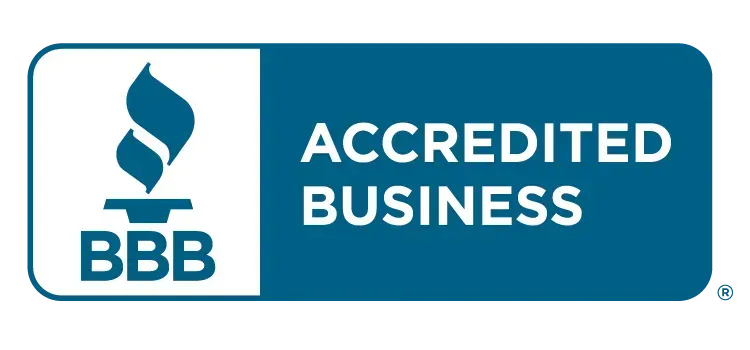The Real Impact of Mold on Your Home and Health: What Nobody Tells You

When you think about your home, you probably imagine a place where you can relax, feel safe, and spend time with your loved ones. But imagine if we warned you that even a little mold growth may ruin all of that. It might sound surprising, but the presence of mold in your home can have serious effects on both your property and your health. And while people often talk about the visible issues mold can cause, like unsightly spots or a musty smell, there’s so much more to the story.
The Silent Invader: Mold in Your Home
All sorts of surfaces, including carpets, walls, and even furniture, are susceptible to mold growth, a fungus. To flourish, all it needs is some organic matter and some water. Although it may go unnoticed at times, that does not indicate that it is absent. Mold often hides behind walls, under carpets, and in areas you rarely check, like attics or basements. This silent invader can spread within 24 to 48 hours after a water leak, making it more common than most people realize.
But here’s the thing: the problem with mold isn’t just that it looks bad or smells weird. Mold goes beyond being an unsightly nuisance. It’s a sign that something’s wrong in your home—whether it’s poor ventilation, a hidden leak, or excessive humidity. Addressing these underlying issues is crucial because if mold is left untreated, it doesn’t just go away alone. It grows, spreads, and becomes harder to remove over time.
The Hidden Health Risks of Mold Exposure
You might wonder, “So what if there’s a little mold? How bad can it be?” The truth is mold can profoundly impact your health, and not just in ways you can see or feel right away. Little spores are released into the air, which might be ingested unknowingly. Individuals prone to asthma, allergies, or compromised immune systems are particularly vulnerable to the myriad of health problems that these spores may induce.
If you’ve been exposed to mold, you could notice some common symptoms, including sneezing, coughing, itchy eyes, and skin rashes. For some, especially those with respiratory conditions, it can lead to more serious problems like difficulty breathing, chronic sinus infections, and even mold-related illnesses. Handling mold concerns is crucial since children and older people are particularly susceptible.
But here’s what nobody really tells you: mold exposure doesn’t always cause immediate symptoms. The effects may not be immediately apparent until prolonged exposure (weeks, months, or even years). By then, the damage to your health and home could be significant. This delayed reaction is one of the reasons why mold is so dangerous—it’s not always easy to connect the dots between your health issues and the mold in your home.
The Financial Toll of Ignoring Mold
Aside from the health risks, mold can also take a heavy toll on your wallet. The structural integrity of your house might be compromised when mold begins to develop. Deterioration of wood, drywall, and other building components might need costly repairs. If mold spreads to your heating and cooling systems, it can also reduce their efficiency, leading to higher energy bills.
Plus, mold is a major turnoff for potential homebuyers. Potential buyers are often turned off by the presence of mold, fearing the health risks and the cost of remediation. Even if you manage to sell, you might have to significantly lower your asking price or pay for costly repairs before closing the deal. Sometimes, homeowners have had to walk away from properties because the cost of fixing the mold problem was too high.
What You Can Do About Mold
So, what steps can you take to prevent mold in your house and in your health? The first step is awareness. Pay attention to any signs of mold, like musty odors, water stains, or visible growth. But don’t just rely on your senses—consider getting your home inspected, especially if you live in a humid climate or have had water damage in the past.
Prompt action is required if mold is detected. When dealing with bigger mold infestations, it’s better to bring in the pros, although small areas may occasionally be cleaned up using home products. They are well-equipped to eradicate mold safely and effectively, guaranteeing that it will not return.
Prevention is also key. To keep mold at bay, control the moisture levels in your home. This might mean fixing leaks promptly, using a dehumidifier in damp areas, and ensuring that your home is well-ventilated. Another important step in keeping mold at bay is keeping up with routine maintenance on your home’s plumbing, roofing, and HVAC systems.
Conclusion
Mold is often seen as an annoying household problem, but it’s so much more. It’s a sign that something isn’t right in your home, and it can have serious consequences for your health and finances. You may safeguard your home and family against mold’s hidden risks by learning its true effect and then taking action to avoid and deal with it. Keep in mind that your house is supposed to be a place of comfort and safety. You must not allow mold to rob you of that. Stay vigilant, act quickly, and care for your home and health—because they deserve it.

